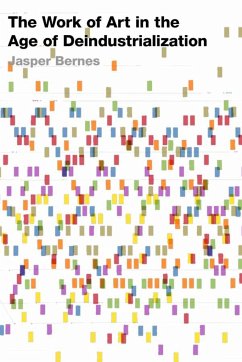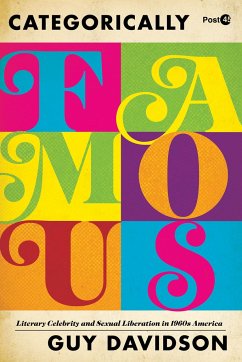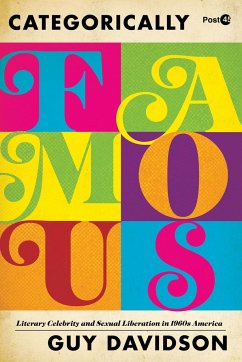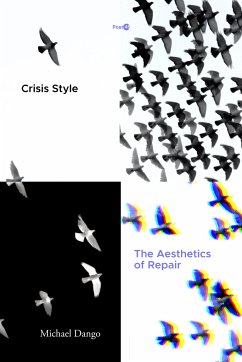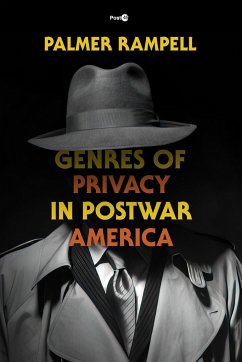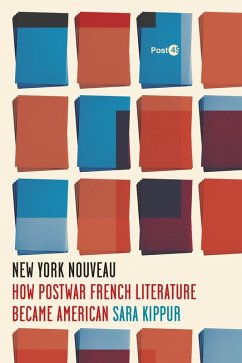
Narrowcast
Poetry and Audio Research

PAYBACK Punkte
18 °P sammeln!
Through case studies of how mid-century American poetry used recording technologies to contest models of time being put forward by dominant media and the State, this book explores how New Left poets mobilized recording as a new form of sonic field research even while they were being subject to tape-based surveillance by the CIA and the FBI.



